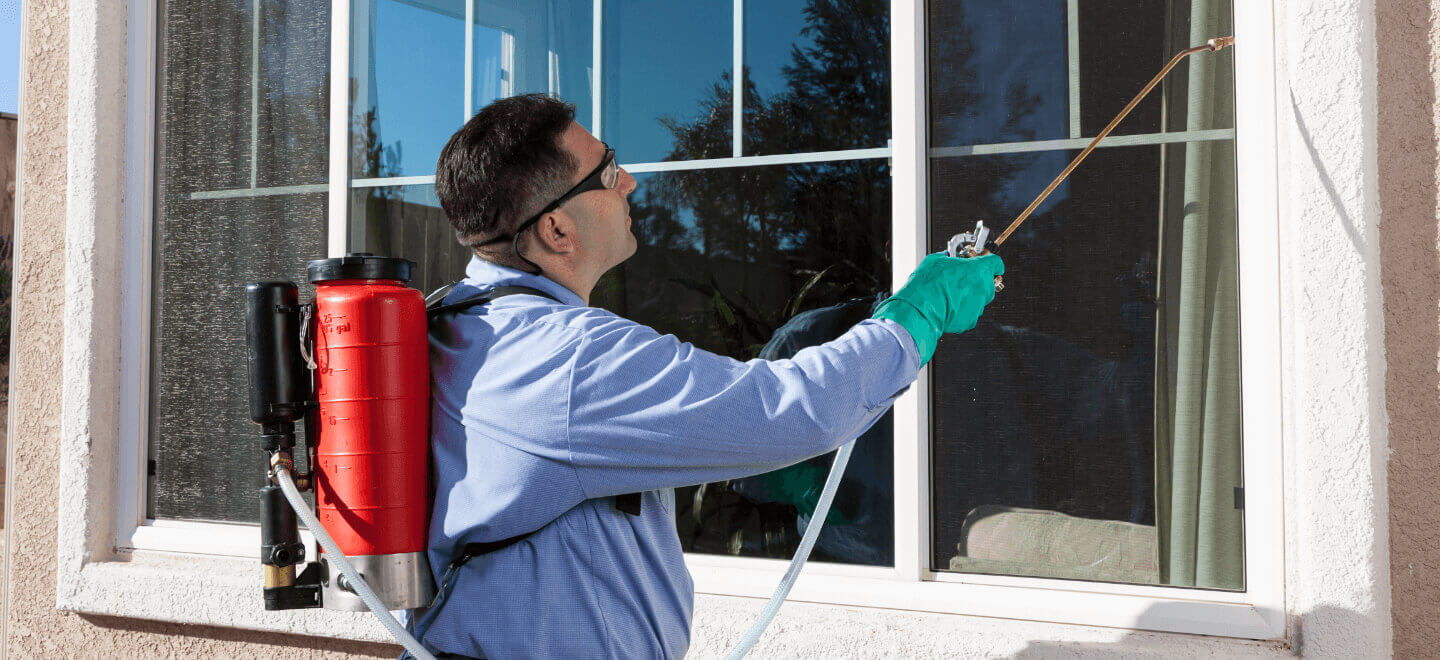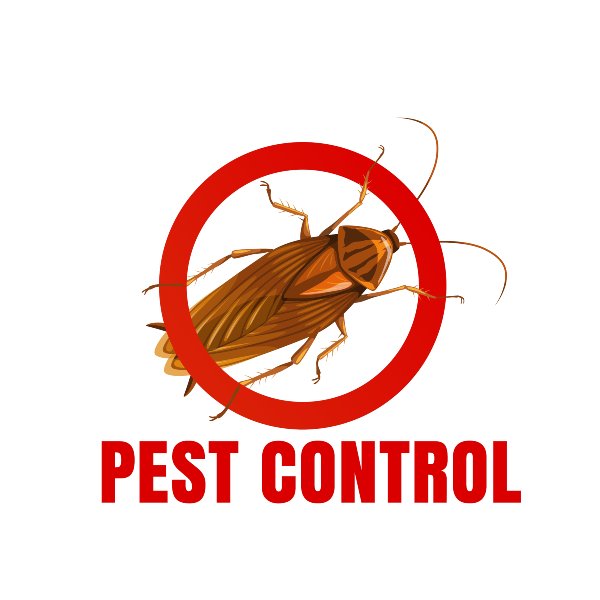Relied On A1 Exterminator Charlotte NC - Comprehensive Pest Solutions
Relied On A1 Exterminator Charlotte NC - Comprehensive Pest Solutions
Blog Article
Bed Insect Therapy Breakdown: Comparing Chemical Vs. Non-Chemical Solutions
In the world of pest control, specifically when handling the relentless concern of bed bugs, the option in between chemical and non-chemical treatment solutions can be an essential one. Both approaches use distinctive advantages and drawbacks, influencing factors such as effectiveness, safety and security factors to consider, and total cost. By checking out the nuanced information of each method, a more clear understanding of which path to go after in addressing a bed bug infestation can be achieved.
Efficiency of Chemical Treatments
Chemical treatments for bed insect infestations have actually been widely identified for their fast and potent efficacy in eliminating these parasites. When taking into consideration the performance of chemical treatments, it is essential to recognize that they can give a quick and thorough remedy to a bed bug problem.
In addition, chemical treatments have the benefit of using residual results, implying that they can remain to eliminate bed pests also after the preliminary application. This recurring action is particularly beneficial in combating any prospective re-infestations. Additionally, the fast activity of chemical treatments can bring alleviation to people encountering serious bed pest invasions, permitting them to reclaim control of their living rooms rapidly.
Security Interest In Chemical Solutions
When making use of chemical remedies for bed insect treatment is guaranteeing the security of occupants and the atmosphere,One important element that calls for careful factor to consider. While chemical treatments can be effective in eliminating bed bugs, they may present threats otherwise managed effectively. Among the main safety and security problems with chemical options is the prospective harm they can create to human wellness. Exposure to certain chemicals made use of in bed pest therapies can bring about respiratory problems, skin irritability, or various other adverse reactions, particularly in people with pre-existing conditions or level of sensitivities. Furthermore, incorrect application or dose of chemical pesticides can cause hazardous residues sticking around in the cured location, posing long-term wellness dangers to passengers.
In addition, the ecological influence of chemical options is another considerable consideration. Some chemicals used in bed insect therapies might be harmful to valuable bugs, wild animals, and communities if they leach into the dirt or water systems. It is vital to use chemical treatments deliberately, following security standards, and considering much less poisonous options to mitigate these dangers and make certain the risk-free and efficient monitoring of bed pest infestations.
Benefits of Non-Chemical Techniques
Considering the potential security problems and ecological impact linked with chemical solutions for bed pest therapy, exploring non-chemical strategies offers an encouraging option with several distinctive benefits. Non-chemical treatments are environmentally pleasant, as they do not contribute to air or water contamination, making them a sustainable choice for pest control.
In addition, non-chemical services can be reliable in targeting bed pests, consisting of hard-to-reach locations where chemical therapies may not pass through. Methods such as warmth treatment, vacuuming, heavy steam cleaning, and cushion coverings provide detailed elimination without using hazardous chemicals. Moreover, non-chemical methods can be much less turbulent, calling for very little preparation and enabling for quicker reentry right into treated areas. In general, going with non-chemical bed bug therapy approaches not only prioritizes safety and ecological protection however also guarantees extensive and effective pest control.
Limitations of Non-Chemical Treatments

Furthermore, non-chemical treatments often need several applications to attain effective obliteration. This can be time-consuming and may not constantly guarantee complete removal of all bed insects and their eggs, specifically in hard-to-reach or covert areas.
Furthermore, the success of non-chemical treatments greatly counts on proper implementation and thoroughness, which can be testing for people without professional knowledge. Insufficient application of non-chemical techniques may cause incomplete removal, causing relentless problems and the demand for added treatments.
Therefore, while non-chemical treatments have their benefits, it is necessary to recognize these constraints and consider them when determining one of the most effective strategy for managing bed bug problems.
Price Contrast: Chemical Vs. Non-Chemical Options
Provided the constraints connected with non-chemical therapies, a crucial aspect to review in the context of bed insect management is the expense contrast in between chemical and non-chemical options. In contrast, non-chemical therapies like heat treatment or heavy steam can be a lot more pricey, with costs varying from $1,000 to $6,000 for a whole home. While the first cost of chemical treatments may appear lower, multiple treatments might be needed to completely remove the problem, possibly raising the total cost.
Final Thought

Thinking about the prospective safety concerns and ecological discover here impact associated with chemical solutions for bed bug therapy, discovering non-chemical strategies presents an encouraging option with a number of unique advantages.Given the limitations associated with non-chemical treatments, a crucial element to review in the context of bed bug management is the cost comparison between chemical and non-chemical choices. In comparison, non-chemical therapies like warmth therapy or vapor can be extra costly, with prices varying from $1,000 to $6,000 for a whole home. While the first price of chemical therapies might seem lower, several treatments may be required to fully eliminate the infestation, potentially increasing the overall price.In conclusion, when contrasting chemical and non-chemical bed pest therapy choices, it is crucial to take into consideration performance, safety and security, advantages, restrictions, and cost.
Report this page